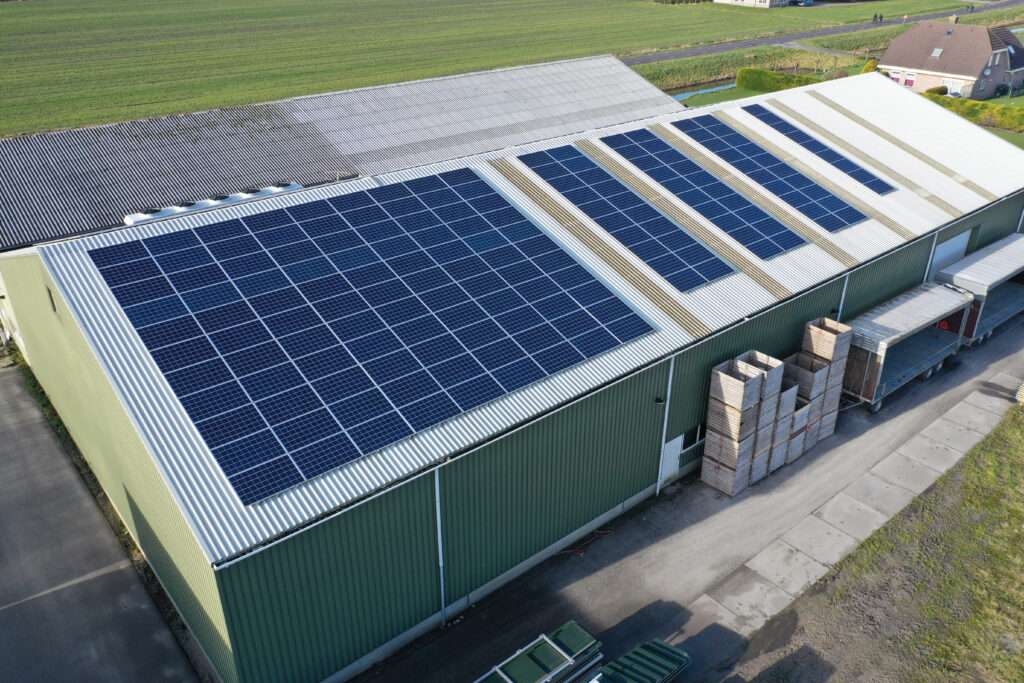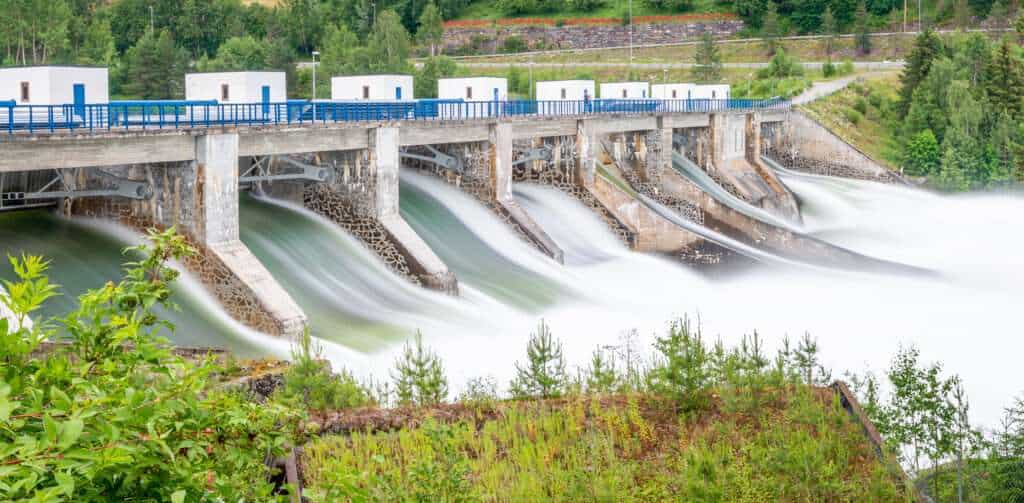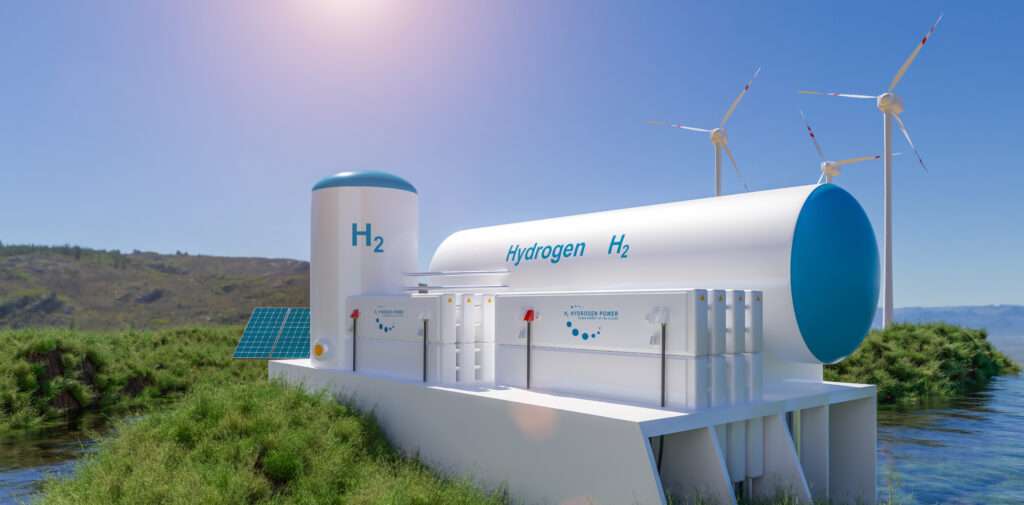
In January 2022, we had written how widespread adoption of renewable energy is the only way for the EU to overcome its energy crisis responsibly. It is also the only way to avoid another such crisis in the future. This assertion stands even more true a year later as the EU rushes to accelerate the green energy transition by adopting renewables.[1]
Even more importantly, adoption of renewable energy is essential in fighting the climate crisis which is already having a devastating impact on our planet and people.
Fossil fuels are the primary cause of climate change. Fossil fuels account for “75% of greenhouse gas (GHG) emissions and nearly 90% of all carbon dioxide emissions.” [2] Renewable energy, on the other hand, has a significantly lower carbon footprint and can help cut emissions drastically.
Renewable energy will aid in decarbonizing our economy to achieve the net carbon neutrality required to sustain our planet.

In addition to low carbon footprint, there are other incentives for adopting renewable energy:
- It is cheaper – The cost of renewable energy sources is now cheaper than fossil fuel sources. This makes renewables a feasible option for even low- and middle-income countries worldwide.[3]
2. It is implementable – Renewable energy sources are already around us. Thanks to rapid technological advancement, it is possible to implement renewable energy production conveniently and efficiently.
3. It improves air quality – Replacing fossil fuels with renewables would reduce the air pollution caused by fossil fuel related emissions. Thus, it helps purify the air and make it healthier.
4. It creates new career opportunities – Adoption of renewable energy would create three times more jobs than the fossil fuel industry, leading to a net increase of nearly 9 million jobs.[4]

There are a variety of options for renewable energy generation:
1. Solar: Solar energy is generated using sunlight, an abundant energy source. Sunlight is converted into electric energy through photovoltaic panels. Since 2010, the cost of solar power has fallen by 85% – making solar one of the most popular and economically feasible choices for energy generation.[5]
2. Wind: Wind turbines, on land or sea, harness the kinetic energy of wind to create electricity. Wind energy also finds use in agricultural settings. Stationing of wind turbines in agricultural fields has proven to improve crop yields.[6]

3. Hydropower: Hydro-electric power is generated by harnessing the kinetic energy of flowing water streams and converting it into electricity using a turbine and generator. It is one of the oldest methods of electricity generation. Hydro power generation facilities do not necessarily have to have dams. Even small size hydro power generation facilities can have a sizeable impact.

4. Geothermal: Geothermal energy is generated using heat that is extracted from within the Earth’s depths. This heat is converted into steam which is in turn converted into electricity using a turbine and generator. A notable advantage of geothermal energy is that it can operate throughout the year at high-capacity factors. [7]
5. Biomass: Biomass energy is generated using organic biomass materials such as plants, agricultural crops, wood, forest residues etc. Biomass stores energy from the sun through photosynthesis. When biomass is burned it generates green energy.

6. Renewable green hydrogen: An alternative to fossil based natural gas, green hydrogen is produced when renewable energy splits water into oxygen and hydrogen through the process of electrolysis. The green hydrogen gas is then stored and transported to its destination to be used as a fuel. Green hydrogen can be used in a variety of sectors including industrial, power and transportation. The long term and large-scale storage potential of renewable green hydrogen is its key advantage.

With various options available that are technologically and economically feasible, now is the best time for industries to invest in renewable energy.
Horizon started investing in renewable energy sources as an alternative to fossil fuels during the previous decade. As a result, Horizon’s renewable energy share of total energy consumed for manufacturing its paper products is 80% – far ahead of the EU target of 32%.
References:
[1] Ellerbeck, S. (2023) Can Europe’s rush for renewables solve its energy crisis?, World Economic Forum. World Economic Forum. Available at: https://www.weforum.org/agenda/2023/02/eu-renewables-energy-crisis/ (Accessed: March 9, 2023).
[2], [3], [4], [5] Renewable energy – powering a safer future. United Nations. Available at: https://www.un.org/en/climatechange/raising-ambition/renewable-energy (Accessed: March 9, 2023).
[6] Kaffine, D.T. (2019) “Microclimate effects of wind farms on local crop yields,” Journal of Environmental Economics and Management, 96, pp. 159–173. Available at: https://doi.org/10.1016/j.jeem.2019.06.001.
[7] Geothermal energy (no date). International Renewable Energy Agency . Available at: https://www.irena.org/Energy-Transition/Technology/Geothermal-energy (Accessed: March 9, 2023).
